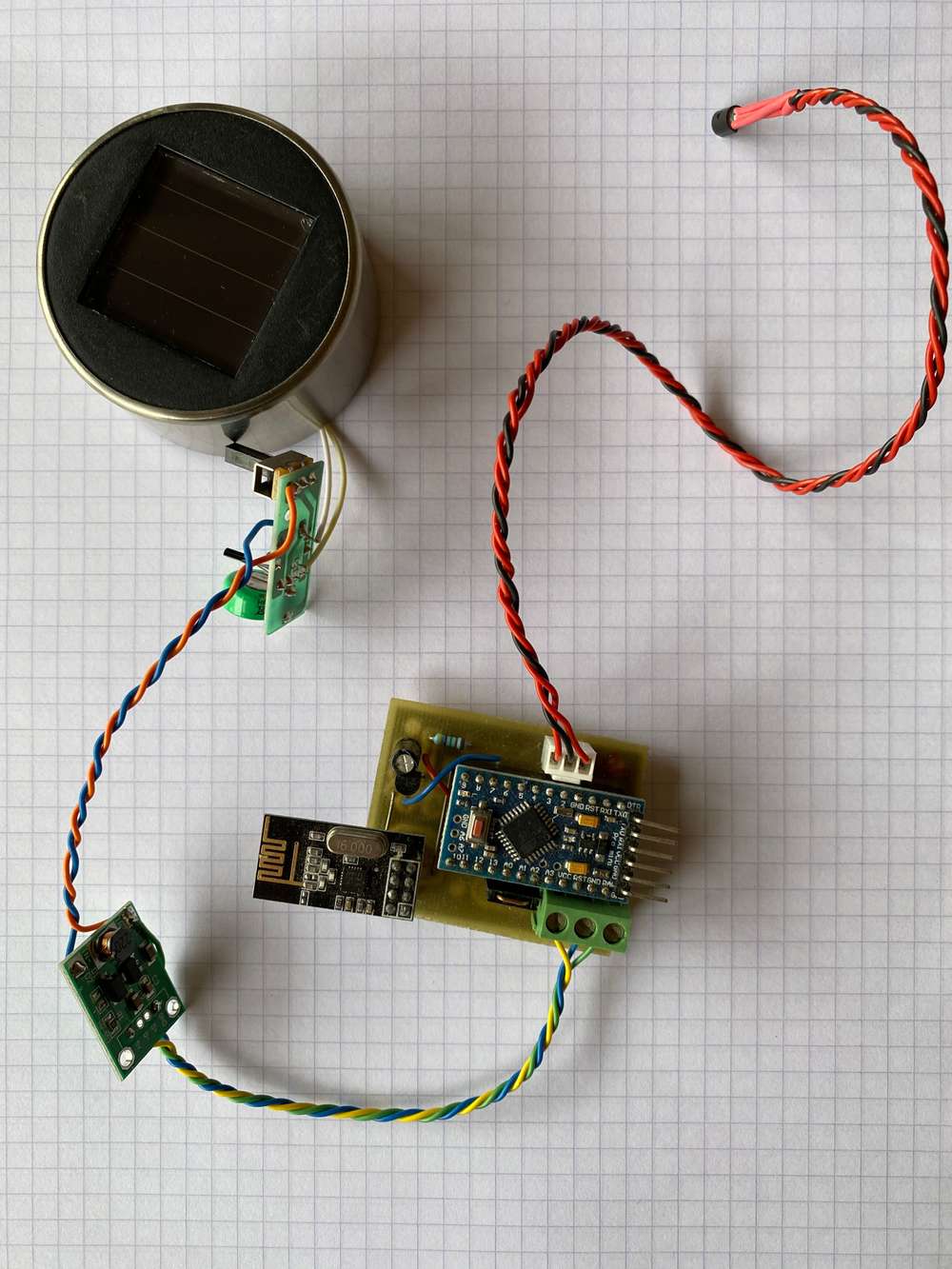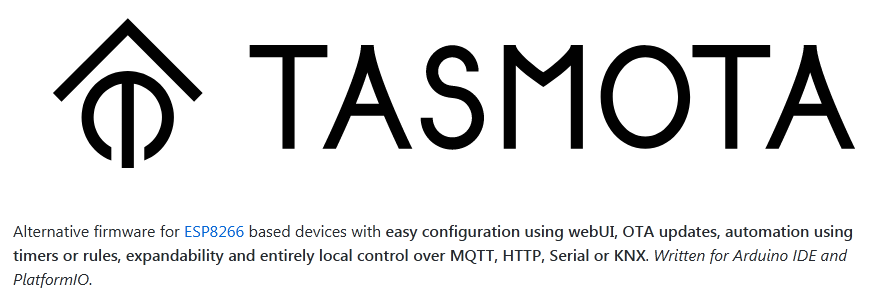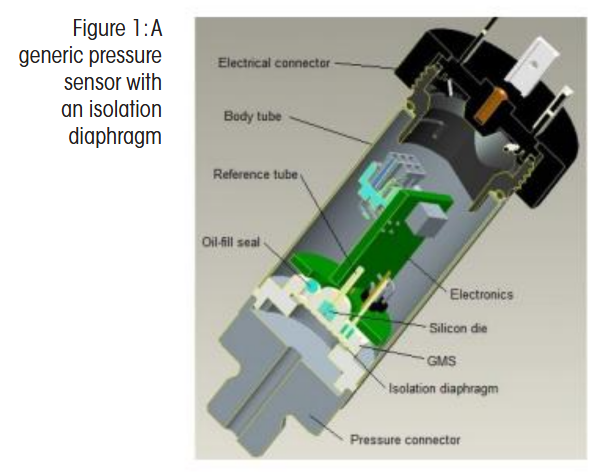boozz
Posts
-
CubeCell HAL anyone? -
What did you build today (Pictures) ?Today I finally found some time to put a few modules together.
A cheap solar cell (€1.35 a piece) with recharcheable battery which feeds via a step-up converter (€0.70 /pc) a pro-mini (5VDC). The DS18B20 is read every 5 minutes.
Now I’m Interested how long this sensor will do its job.
-
Battery powered latching relay node@Yveaux
May I ask why you use the IR4427S driver instead of two transistors or (N-Channel)mosfets? Is this because of PCB space, or any other (power) reason?BR,
Boozz
-
Modular sketch to be configured with JSON (idea)@kimot @monte
It appears to me as what has been described by @monte is almost completely covered by the Tasmota project: https://github.com/arendst/Tasmota
-
New enclosures@alexno Is this (high pressure) injection moulded? What's the material?
-
Dallas sensors puzzle - sensors.begin()@zboblamont
Although I didn't completely analyse your sketsch I remember from some time ago that I ran into problems once I moved the one-wire- pin from 3 to another pin. No idea why, and never actually took the time to troubleshoot this, but when I brought it back to pin 3 all my problems disappeared with the dallas sensors.Hope it helps.
BR,
Boozz
-
My experiences with MySensors@kimot said in My experiences with MySensors:
And for "MESH" topology.
Arduino "painlessMesh" library for ESPs existsWIll have a look at that too in the near future. Thanks for hinting me towards this.
Boozz
-
My experiences with MySensors@kimot said in My experiences with MySensors:
MySensors is goot for nodes a far away in my garden and for nodes with low energy consumption and fast reaction when wake up.
When MySensors node is sleeping and then wake up, it immediately continues in program flow immediately from the place of "sleep" command.
Wemos, when sleeping an wake ups, reboots and must connect to AP, which takes 8s to 2s when we do some tweakings.Ok, so if I do not misinterpret your words, it's better / easier to use mySensors for the tasks as specified above and use WEMOS / 8266 for other tasks. Some pretty distinct way of where and how to use it.
Thanks a lot for the info provided. I appreciate that. I will give this a try sooner or later for sure.
Up to now my experience with mySensors is positive. Yes, now and then the radio's give me some troubles, but that's part of it. Still a very inexpensive way to collect data and switch on the lights in my garden house, dim some LED's all over the house and get alarmed once the ground-water reaches a level so I have to watch out my basement isn't flooded.Thanks
Booz
-
My experiences with MySensors@rodaman: May I remind you of my questions:
@rodaman
...
However, I'm interested in your Wemos setup.
I've got some questions from which I'm sure you can give me the right quidance:
I guess it used some bandwith in your Wifi network? can I use it similar as mySensors topology or even with mySensors libraries?
Can it be used with batteries (sleep modes and so on) for a long time?thank you in advance for your values answers,
BR, Boozz
Unfortunately no reaction from your side till today. In the meanwhile I've searched the internet for a ESP8266 or ESP32 mesh network as an alternative for the mySensors network. I cannot find a good working open source (read Arduino based) startpoint, so I'm wondering if you could direct me to a good starting point.
Thanks,
Boozz
-
My experiences with MySensors@rodaman
Although fully agree with @mickecarlsson and @tbowmo (I have been lucky with really cheap nrf24L01+ modules I think) and have a similar experience as @TheoL (MySensors works fine with nr24L01+ modules) I can state that mySensors is very much alive.However, I'm interested in your Wemos setup.
I've got some questions from which I'm sure you can give me the right quidance:
I guess it used some bandwith in your Wifi network? can I use it similar as mySensors topology or even with mySensors libraries?
Can it be used with batteries (sleep modes and so on) for a long time?thank you in advance for your values answers,
BR, Boozz
-
How to get 5v pulse from a water meter@pelle84 said in How to get 5v pulse from a water meter:
someone that can help?
i add the sensor manual
its the PR7 version.I think you need to be a little bit more specific about what PR7 type you bought. I see a multiple of schematics in the manual, and only you know which one to use as you know what device you've bought.
Suggestion: publish the schematic from the manual that corresponds with your device.Another question: How dit you connect the device to the arduino, and how is it powered (internal battery or via the arduino or via an external power supply). Again, as you're not specific about the device you have, we can't be of help I'm afraid.
Suggestion: draw the schematic or make an image, and publish that.
BR, Boozz
-
Question: FL5150 LED Dimmer - replace a analog potentiometer with a digital one@jimmyjames said in Question: FL5150 LED Dimmer - replace a analog potentiometer with a digital one:
..., the only downside is then you need a power supply for the ESP32 and isolated one and another power supply for the I2C isolator on the FL5150dimmer side as it uses upto 6mA 5vdc and the DAC use 1mA so that is inconvenient.
Have you considered using isolated DC-DC converters? Then you may be able to keep all in the concept of "only 240v wires go in and out".
Will take a look at the video within short
BR, boozz
-
Question: FL5150 LED Dimmer - replace a analog potentiometer with a digital one@jimmyjames said in [Question:
I intend on improving it to a more usable and safer point.
Could you elaborate a bit on the last part, the safety issue; I think you mean that it is not a very safe circuit at the moment: No isolation between 230VAC and the microprocessor part or am I missing something?
BR, boozz
-
Mini lightshow project ideas@mrhutchinsonmn
I really like the idea! Would be great to see a video once you've got it working.To get some idea about the scale of the project: How many instruments are involved?
-
BME 680 SPECIFIC INFORMATION SEARCHED@maartend
See for the link below. It's one of the first hits when searching on google with the words "BME680 raspberry pi":Reading a sensor on a raspberry pi 4B can't be much different from older raspberry versions I guess. The OS might have changed with the new version. Python hasn't.
-
1.2 MPa pressure transducer- could be some noise (EMC). What's your sample rate?
- could be the change in pressure in the water pipe due to some users upstream and your own usage (downstream).
agree with @zboblamont: if possible have a look at what your real pressure fluctuation is.
-
1.2 MPa pressure transducerMaybe something like this?

This comes from: https://issuu.com/process1/docs/pii-june-2019
Page 14 and further
-
What did you build today (Pictures) ?@gohan
I was referring to @berkseo 's situation and images/examples. I just wondered why this person would put this amount of effort in creating a device that would probably not be functional at the moment it should be functional. I'm just thinking about corrosion of the pcb, a drained battery, change of properties of the 'sensor' due to time-effects etc.
Do not misunderstand me: I'm absolutely enthousiastic about this device (and I'm impressed by how small it is and the design), but I'm a bit concerned about the effects that could negatively affect the behaviour of it. -
What did you build today (Pictures) ?I do not want to be too offensive, but it seems to me as if your skills in electronics and 3D-printing is way better developed than your trust in the plumbing :sweat_smile:
Now for the serious part: how often do you experience water leaks? And how long do the batteries in this design last?
Boozz
-
nRF24L01+ Communication Failure: Root Cause and “Solution”@mfalkvidd
Thanks!
I guessed something like that, but couldn't find it in the API section
